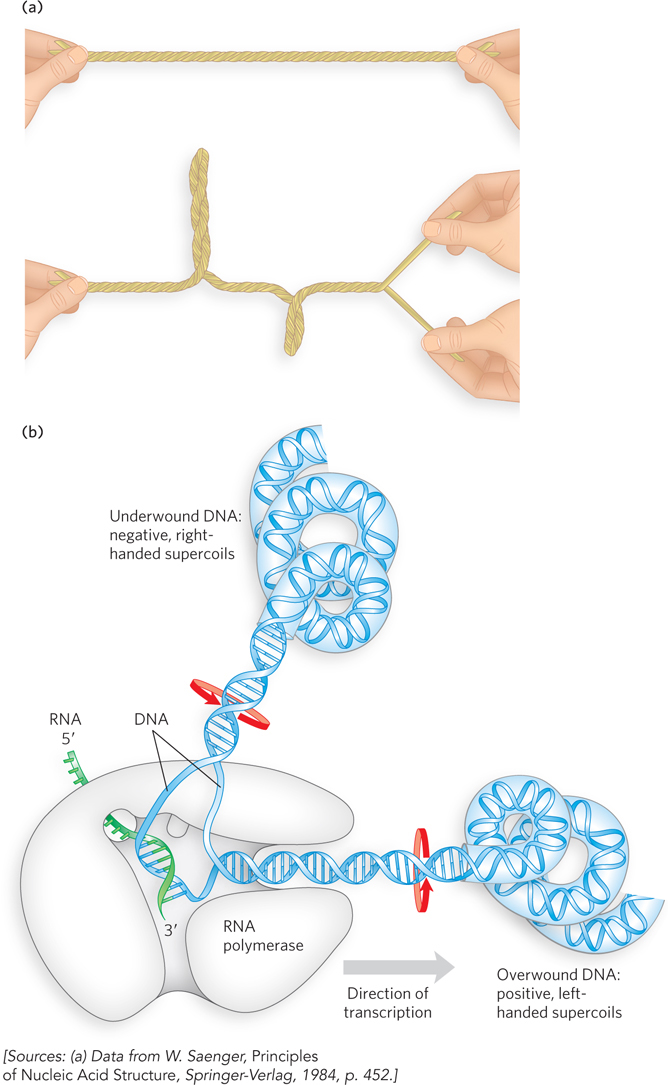
The effects of replication and transcription on DNA supercoiling. Because DNA is a double-